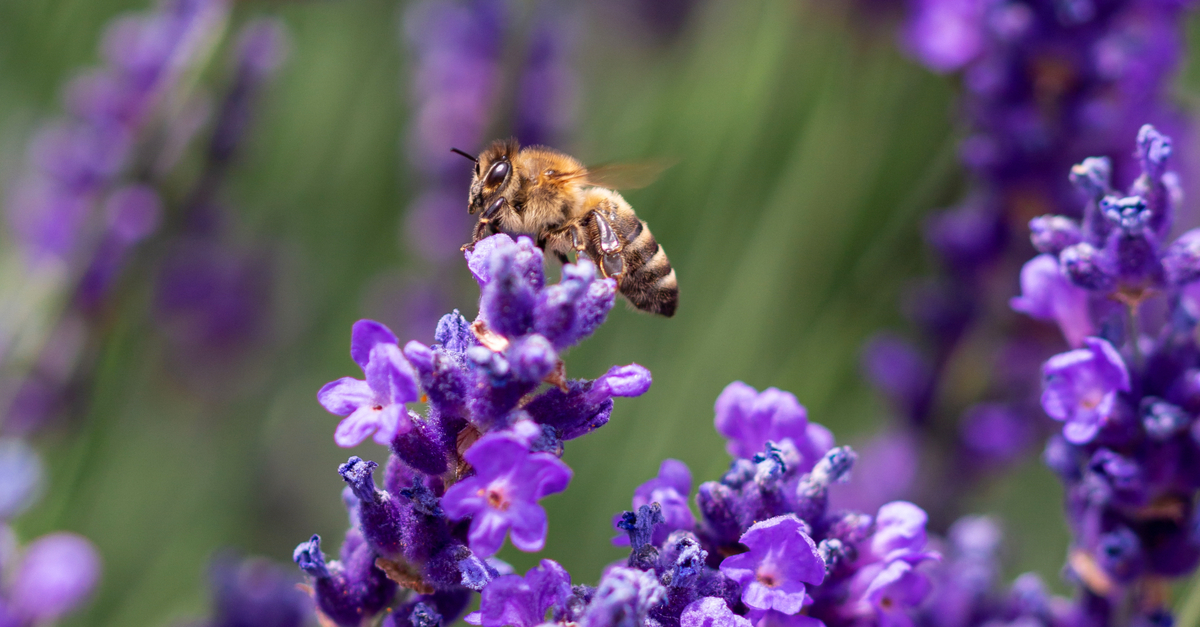
At the end of July, the International Union for Conservation of Nature (IUCN) published a global standard for the use of nature-based solutions (NbS) to address global environmental challenges. The standard helps governments, businesses, and societies to assess the effectiveness of nature-based solutions and make the most of them to manage societal challenges such as climate change, biodiversity loss and food security.
As countries all over the world strives to emerge from the Covid-19 pandemic and move towards the UN Sustainable Development Goals, it is crucial to ensure that future investments in nature reach their potential. To help businesses and societies address this challenge, the first-ever IUCN Global Standard for Nature-based Solutions was launched to guide the institutions through NbS applications and set benchmarks for their progress.
What is Nature-based solutions and why is a standard needed?
Nature-based solutions (NbS) are actions that seek to address social challenges through the protection, restoration, and sustainable use of natural or modified ecosystems, and thereby improving the well-being of both biodiversity and people. Examples of NbS are reforestation, beach protection and green infrastructure. These all benefits both the nature and people.
There is a need for a standard to guide this kind of activities because not all solutions called nature-based are in themselves a guarantee that they take into account the well-being of both society and nature. Because of the lack of knowledge, many activities may unintentionally harm the biodiversity. The working group of the International Union for Conservation of Nature (IUCN) therefore wanted to develop a scientifically valid criteria that would be suitable for a wide range of situations, regions and social systems, so that both people and nature would benefit in the long term. Such a framework is essential to increase the scale and impact of Nature-based Solutions, to prevent negative outcomes or misuse, and help funding agencies, policy makers and other stakeholders assess the effectiveness of interventions, and direct investments in the right direction.
How does the standard work?
The Global Standard for NbS is a self-assessment tool consisting of eight criteria and related indicators, addressing all three pillars of sustainable development: biodiversity, economy, and society. The criteria also take into account sustainable project planning and management. The requirements of the standard allow the user to assess the scope and economic, environmental, and social impact of their own activities and then compare it with international agreements and objectives. At the same time, the transparency of operations is improving and operations can be continuously improved.
The standard contains indicative instructions and advice on how the user can evaluate and develop his or her own nature-based solutions and, on the other hand, see which practices still need to be improved. The standard evaluation matrix provides the user with information on how many percent of the user’s activities meet the criteria. The information is presented in color codes reminiscent of a traffic light system, from which the user can easily see which actions still need to be developed. IUCN, who monitors the standard, reviews the aspects and requirements of the standard every four years, so that their suitability for companies and actors in various fields can be improved.
Companies and other actors using the framework will be able to design effective and ambitious sustainability-based NbS, that facilitate discussion with stakeholders and, on the other hand, spark new ideas and innovations.
Need help?
Ecobio’s environmental experts help your company achieve the goals of sustainable development!
Contact us: info@ecobio.fi
Text: Mai Kärppä & Caisa Lindblom, Ecobio oy
Picture: Shutterstock
Sources:
https://www.iucn.org/theme/nature-based-solutions/iucn-global-standard-nbs


